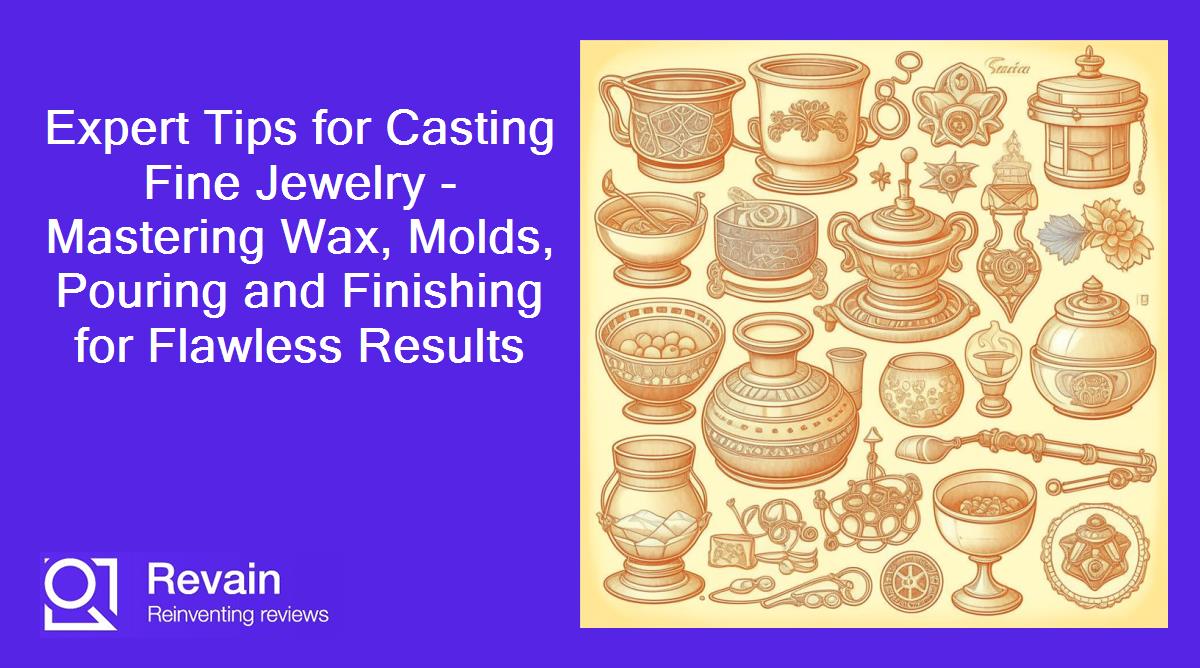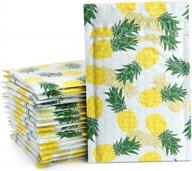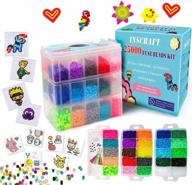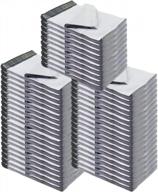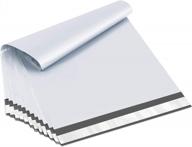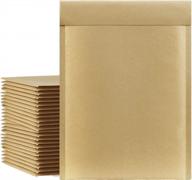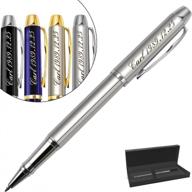Top products in 💍 Jewelry Casting Supplies
The Art and Satisfaction of Jewelry Casting
Casting jewelry allows artists to transform raw materials into unique adornments. The meticulous, hands-on process provides deep satisfaction and a connection to ancient metallurgy traditions. From sketching initial designs to polishing finished pieces, casting enables jewelers to bring their creative vision to life.
The Allure of Molten Metal
Jewelry casting's allure begins with the molten glow of metal flowing into molds. The transformative power captivates artists and collectors alike. Skilled casting preserves the fluidity and energy within metal even after it hardens.
- Lost-wax casting dates back over 5,000 years to Mesopotamian and Egyptian artisans.
- Fine detail and artistry distinguish hand-cast pieces.
- Each item emerges unique due to subtle variations in the process.
Designing Custom Creations
Casting empowers artists to design fully custom jewelry rather than relying on pre-fabricated components. The flexible process accommodates an endless array of styles from modern to antique reproductions.
- Artists carve original wax models by hand or 3D print for complex shapes.
- Molten metal replaces the burned out wax in the mold.
- Cast parts are cleaned and carefully finished to bring out their inherent beauty.
| Casting Advantage | Benefit |
|---|---|
| Unique designs | One-of-a-kind creations |
| Detailed reproduction | Intricate antique and period styles |
| Multiple metals | Tailored material properties |
Similar products
Lasting Rewards
Beyond the satisfaction of artistic creation, casting offers ongoing rewards for jewelers and collectors:
- Heirloom quality pieces with timeless appeal
- Opportunity to work with precious metals
- Connections made through custom commissions
- Pride sharing handmade artistry
The ancient allure of molten metal endures. Casting transforms raw materials into cherished adornments. Each handcrafted piece embodies imaginative design and artistic mastery.
Another interesting products
Essential Equipment for Jewelry Casting
From furnaces to finishing tools, certain equipment provides the fundamental capabilities for casting jewelry. Investing in quality tools ensures efficiency, consistency and safety through every step of the process.
Casting Studio Essentials
- Jewelry furnace - Heats metals to pouring temperature up to 1800°F or higher.
- Crucibles - Refractory vessels for melting and holding metal.
- Tongs - For handling hot crucibles and metal.
- Casting flask - Holds molds while metal is poured.
- Quenching pot - Rapidly cools cast pieces after pouring.
- Utility pliers - For general handling and shaping.
Safety Gear
Protective equipment is critical when working with extreme heat and chemicals.
- Fireproof apron - Shields clothing from sparks and spills.
- Insulated gloves - Provide hand protection up to foundry temperatures.
- Face shield - Safeguards eyes and face.
- Respirator - Filters out chemical fumes.
Model Making Supplies
Equipment to design and produce wax models for casting:
- Wax - Carving wax, injection wax, sheet wax.
- Wax tools - Carvers, wax pens, brushes, stippling tools.
- Model maker - Vacuum unit for capturing models.
- Ring mandrels - Tapered rods for sizing rings.
Mold Making Materials
Essential supplies for investment molds:
- Investment - Plaster-like powder that sets around models.
- Mixing equipment - Bowls, mixer, scale.
- Flasks - Cylinders to contain molds.
- Burnout oven - Heats molds to remove wax models.
Core casting fundamentals require significant equipment investment. However, the ability to take designs from wax to finished jewelry makes it all worthwhile for devoted artists.
Selecting the Best Metals for Jewelry Casting
The range of castable metals allows jewelers to tailor material properties to their design needs. Considerations like color, strength, cost and workability help determine the optimal metal for each piece.
Precious Metals
Gold, silver and platinum provide beauty and value.
- Gold - Casts with excellent fluidity for detailed designs. Available in white, yellow, rose colors.
- Silver - Affordable precious metal. Sterling silver is 92.5% silver, easily cast and polished.
- Platinum - Most precious metal. Dense and durable for settings.
Casting Alloys
Alloys optimize properties like hardness, color and melt point.
- Bronze - Copper-tin alloy available in reddish to golden hues.
- Brass - Copper-zinc alloy from yellow to reddish-brown.
- Pewter - Soft, low-melt tin alloy good for detail.
Factors in Metal Selection
| Consideration | Details |
|---|---|
| Color | Natural metal tone or with applied patinas |
| Cost | Precious metals more expensive |
| Strength | Hardness, durability and wear resistance |
| Workability | Castability, soldering, polishing |
Examples
- Silver: Ideal for pendants due to tarnish resistance and precious value.
- Bronze: Provides warm, golden tones suitable for Mediterranean or Native American designs.
- Platinum: Best for durable engagement ring mountings.
Consider the overall design, metal properties and budget when selecting casting metals. The right material choice enhances both beauty and durability.
Achieving Flawless Wax Models and Molds
Meticulous wax working and mold making are crucial foundations for successful casting. Taking time to perfect each step results in clean, crisp finished pieces.
Wax Model Tips
- Add sprues and gates to provide smooth metal flow.
- Check for complete wax penetration into filigree or textures.
- Cure models slowly to prevent distortion or cracks.
- Seal models with lacquer to prevent ash contamination.
Investment Mixing
- Precisely measure powder and water amounts.
- Mix just long enough to wet all particles.
- Pour quickly before investment thickens.
- Gently tap flask to release bubbles.
Burnout Stage
- Follow investment instructions for ramp speeds.
- Hold peak temperature to fully harden mold.
- Allow slow cooling to prevent cracks.
Common Model and Mold Defects
| Issue | Cause | Prevention |
|---|---|---|
| Bubbles | Trapped air | Gentle mixing and tapping |
| Rough surface | Debris in mold | Filter investment, clean flask |
| Distortion | Rapid curing | Slow wax model cooling |
| Cracks | Shrinkage | Controlled burnout and cooling |
Taking extra time on the front end pays off with smooth castings. Dialing in wax and mold procedures prevents costly rework of finished pieces.
Techniques for Consistent, High-Quality Castings
Proper pouring and post-cast handling ensure jewelry castings meet quality standards for surface finish, detail reproduction and structural integrity.
Pouring Molten Metal
- Preheat molds in oven to prevent thermal shock.
- Carefully transfer crucible to avoid spills.
- Pour at the recommended rate for each metal.
- Allow complete mold filling before cooling.
Quenching and Cooling
- Quench in water immediately after pouring.
- Cool gradually to room temperature.
- Slow cooling prevents stresses.
Casting Defects and Prevention
| Issue | Cause | Prevention |
|---|---|---|
| Porosity | Gas bubbles | Clean metal, vented mold |
| Rough surface | Cold mold, fast pour | Preheat mold, slower pour |
| Shrinkage | Premature cooling | Balance sprues, slow cool |
Post-Cast Handling
- Cut sprues flush to avoid thin spots.
- File and sand castings to prepare for finishing.
- Annealing relieves stresses from rapid cooling.
Meticulous pouring techniques and proper post-cast handling limit defects. This achieves castings with clean, detailed reproduction ready for finishing.
Techniques for Polishing and Finishing Cast Jewelry
The finishing process brings out the inherent beauty in cast metals through polishing, enhancing textures and applying protective coatings.
Polishing Cast Pieces
- Start with coarse grits to remove file marks and pits.
- Progress through finer grits for smooth, mirror-like shine.
- Use buffing wheels with polishing compounds.
- Clean thoroughly between each grit to prevent contamination.
Applying Textures and Patinas
- Highlight dimensional details with enamels and colored lacquers.
- Create antiqued effects with liver of sulfur.
- Use chemicals and heat to produce rainbow patinas on copper alloys.
- Overlay textures like hammer marks or etching.
Protective Finishes
| Coating | Description |
|---|---|
| Renaissance Wax | Prevents tarnish and enhances shine. |
| Clear lacquer | Thin layers prevent corrosion and wear. |
| Anti-tarnish strips | Deterioration in boxes and displays. |
Finishing Examples
- Oxidized silver with liver of sulfur for black recesses.
- Brushed satin texture on gold jewelry.
- Rainbow patinas on bronze sculptures.
- Clear coated copper cuffs to prevent skin discoloration.
Thoughtful finishing and protection preserves the time invested in casting while allowing full appreciation of the metal's inherent qualities.
Maximizing an Amazon Prime Membership for Jewelry Casting
An Amazon Prime subscription provides significant benefits for jewelry artists buying casting supplies and tools online. Taking full advantage of Prime savings and services can help lower material costs.
Prime Shipping Savings
Free two-day shipping on Prime orders over $25 eliminates the costs of standard shipping.
- Prime helps offset hazmat fees on flammable chemicals like propane and binders.
- Save on shipping for heavy items like graphite crucibles.
- Receive wax, investing supplies and small tools quickly.
Business Prime for Volume Discounts
Upgrading to a Business Prime account provides access to bulk discounts and pricing.
- Save up to 15% on regular orders of casting metal grains or sheet.
- Get discounts on mass quantities of studio staples like wax and investments.
- Take advantage of exclusive member promotions and deals.
Streamlining Supply Reorders
Subscribe & Save allows scheduling regular deliveries of recurring supplies.
- Automate wax, crucible and investment deliveries.
- Adjust order frequency and quantities as needed.
- Cancel any time to manage cash flow.
Leveraging Prime shipping and discounts levels the playing field for small studios competing with large manufacturers. Managing subscriptions and bulk orders reduces overhead costs.
What Are The Most Popular Jewelry Casting Supplies?
Based on the search results, here are some of the most popular jewelry casting supplies:
- Casting flasks
- Small crucible
- Steel tongs
- Kiln
- Burnout ovens
- Casting machines and equipment
- Crucible tools
Other popular jewelry casting supplies include mold making supplies, wax carving tools, metal casting grain alloys, investment powders, and sand casting supplies. These supplies are essential for creating molds, carving wax models, melting metals, and casting jewelry pieces. Some of the popular brands that offer jewelry casting supplies include PMC Supplies, American Jewelry Supply, Kingsley North, and OttoFrei. Whether you are a beginner or an experienced jewelry maker, having the right jewelry casting supplies is crucial for creating high-quality and unique jewelry pieces.
What Are The Differences Between Casting Flasks And Casting Rings?
Casting flasks and casting rings are both tools used in the jewelry casting process, but they have some differences. Here are some of the differences between casting flasks and casting rings:
Casting Flasks:
Casting Rings:
In summary, casting flasks are used to hold
What Are The Advantages Of Using A Casting Flask Over A Casting Ring?
There are several advantages of using a casting flask over a casting ring in the jewelry casting process. Here are some of them:
Advantages of Casting Flasks:
Advantages of Casting Rings:
In summary, casting flasks are






